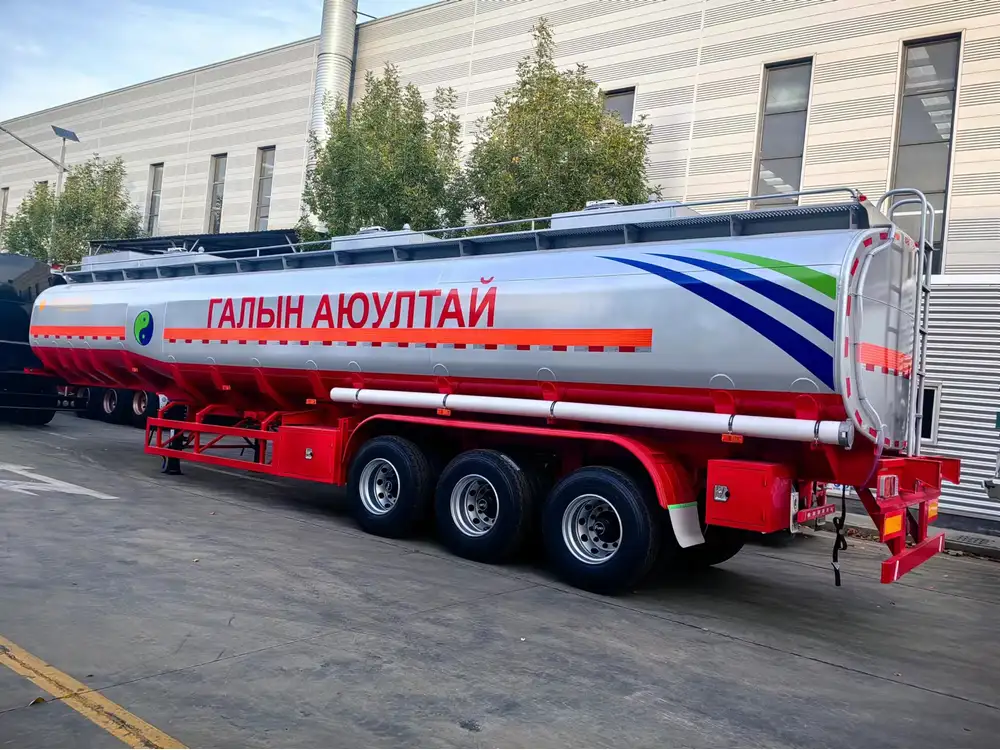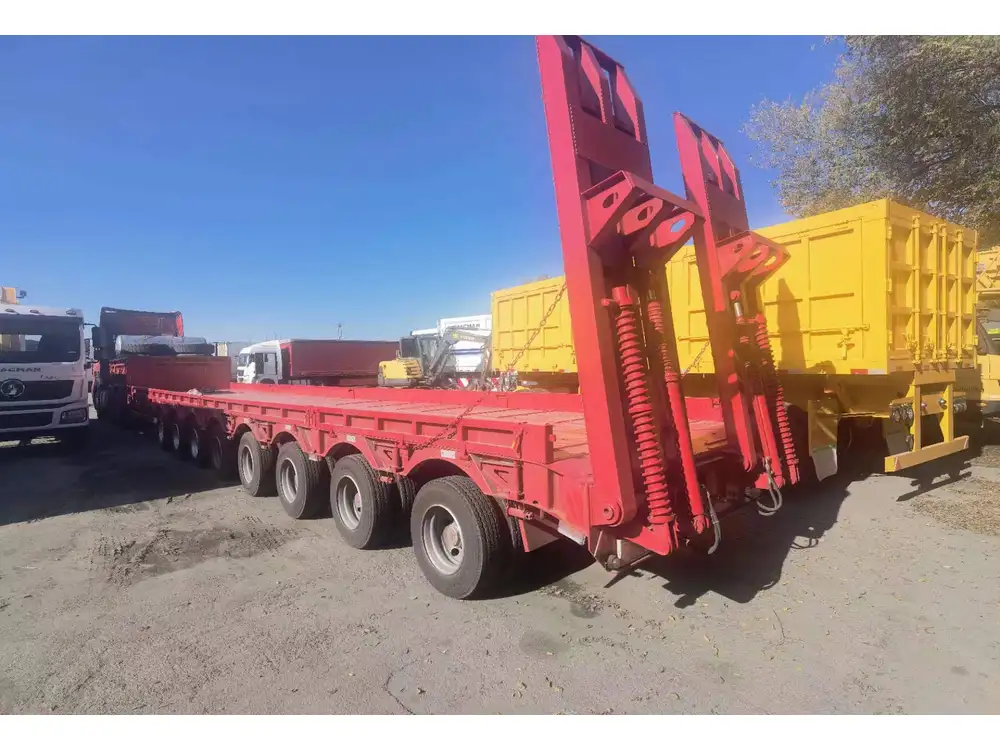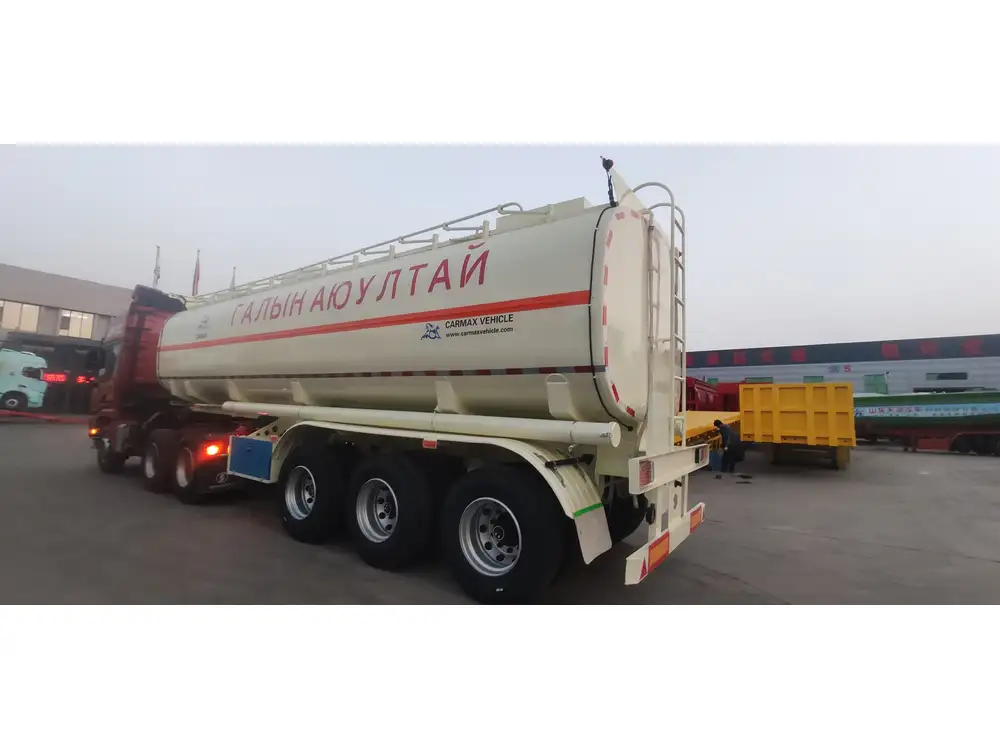In the bustling world of logistics and transportation, ensuring the safety and operational efficiency of semi-trailers is paramount. One of the critical aspects to consider is the integrity of connections between the tractor unit and the semi-trailer. In this comprehensive guide, we will delve into the nuances of checking semi-trailer connections, empowering you to take proactive steps in maintaining your fleet, enhancing safety, and improving overall performance.
Understanding the Importance of Proper Connections
Why Connections Matter
Proper connections between the semi-trailer and the tractor are vital for several reasons:
- Safety: Loose or faulty connections can lead to catastrophic accidents on the road.
- Performance: Well-maintained connections improve towing capacity and ensure smooth transportation of goods.
- Regulatory Compliance: Meeting the standards set by transportation authorities is essential to avoid penalties.

Components of Semi-Trailer Connections
To effectively check semi-trailer connections, it’s essential to understand the key components involved:
| Component | Description | Importance |
|---|---|---|
| Fifth Wheel | The coupling device securing the trailer to the truck | Essential for stability and control during transit |
| Kingpin | A steel pin attached to the trailer that fits into the fifth wheel | Critical for attachment and load distribution |
| Air Lines | Hoses connecting the trailer to the tractor for brakes and suspension | Vital for braking system functionality |
| Electrical Connections | Cables linking the trailer’s lights and signals to the tractor | Necessary for visibility and signaling on the road |
| Safety Chains | Chains providing an additional security measure | Prevents detachment in case of a complete failure |
Step-by-Step Guide to Checking Semi-Trailer Connections
1. Initial Visual Inspection

Examine the Fifth Wheel and Kingpin
Start your inspection with a thorough visual assessment:
- Fifth Wheel Condition: Look for excessive wear, rust, or damage to the fifth wheel. It should be free from cracks and clean to ensure a proper grip on the kingpin.
- Kingpin Integrity: Inspect the kingpin for bends, cracks, or excessive wear. A healthy kingpin should be firmly attached to the trailer with no movement or play.
2. Verify Alignment
Achieving Proper Alignment
Aligning the tractor and semi-trailer is a crucial step:
- Positioning: The tractor must approach the trailer at the correct angle to engage the kingpin and fifth wheel effectively.
- Check for Engagement: After connecting, ensure the fifth wheel jaws are locked around the kingpin. Test this by pulling gently on the trailer; it should withstand the force without disengaging.

3. Inspect Air Lines and Electrical Connections
Key Areas to Focus On
- Air Lines: Look for any cracks, leaks, or fraying in the air hoses. Test the air brake system by applying and releasing the brakes while checking for air leaks. The air supply gauge should show consistent pressure without drops.
- Electrical Connections: Check the integrity of the electrical cables. Ensure that connections are tight and free from corrosion. Test the lights and signals—brake lights, turn signals, and running lights—prior to hitting the road.
4. Check Safety Chains

Ensuring Additional Security
- Inspect Chain Condition: Check for frays, rust, or breaks in the safety chains. Chains should be firmly attached and capable of supporting the trailer in case of an unexpected disconnect.
- Proper Attachment: Attach safety chains in a crisscross pattern beneath the trailer, ensuring they are not dragging on the ground and have sufficient slack for turns.
Common Issues and How to Address Them
What to Do When Problems Arise
Loose Fifth Wheel:
- Solution: Tighten the mounting bolts of the fifth wheel and ensure it is properly lubricated to maintain its function.
Worn Kingpin:
- Solution: Replace the kingpin immediately to avoid severe consequences during transit.
Air Line Leaks:
- Solution: Repair or replace defective hoses. Always use components rated for the specific type of semi-trailer in use.
Faulty Electrical Connections:
- Solution: Replace damaged cables or connectors. Ensure proper sealing to prevent future corrosion.
Displaced or Damaged Safety Chains:
- Solution: Replace safety chains if they show signs of extensive wear. Always ensure they are correctly installed.

Maintenance Tips for Semi-Trailer Connections
A proactive maintenance program can help avoid potential issues in the future. Here are some tips to keep in mind:
- Regular Inspections: Schedule routine checks before and after every trip to ensure all connections are in optimal condition.
- Lubrication: Regularly lubricate the fifth wheel and inspect for any wear or corrosion to prolong the life of the components.
- Record Keeping: Maintain a log of inspections and repairs. This can be invaluable for scheduling future maintenance or for compliance with regulations.
Frequently Asked Questions
What Are the Signs of a Bad Connection?
Some key indicators of failing connections include:
- Unusual noises while driving (clanking or rattling)
- Difficulty in braking or delayed response
- Visible wear on any connection component
- Inconsistent air pressure in the braking system

How Often Should I Check My Semi-Trailer Connections?
It’s advisable to check connections:
- Before every trip
- After any major repairs
- Following any incident that could affect trailer integrity
What Should I Do if My Semi-Trailer Disconnects?
If a trailer becomes disconnected, it is essential to:
- Pull over safely.
- Assess the situation and check for any visible damage.
- Reconnect it correctly, ensuring all checks are made before continuing.
Conclusion
Ensuring the security and functionality of semi-trailer connections is not simply a matter of precaution; it is a fundamental aspect that contributes to the safety and efficiency of your logistic operations. By following this comprehensive guide, conducting routine inspections, and addressing issues immediately, you can ensure that your semi-trailer remains roadworthy and compliant with industry standards. Remember, a well-maintained fleet not only enhances safety but also facilitates smoother operations and builds a stronger reputation in the transport sector.



